At present, more than 527.253 million doses of COVID-19 vaccine have been vaccinated in China, and more and more people have been vaccinated. There are three main types of vaccines administered domestically, namely one shot, two shot, and three shot. So, what are the specific differences between one shot, two shots and three shots of COVID-19 vaccine? Which one is more effective, one needle, two needles, and three needles? Let me answer one or two questions for you below!
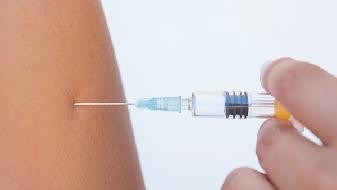
I. What are the differences among one, two and three injections of COVID-19 vaccine?
1. Difference 1: Different vaccination methods
One shot of COVID-19 vaccine requires one shot to be effective, two shots for two shots, and three shots for three shots.
2. Difference 2: different types of vaccines
One dose of COVID-19 adenovirus vector vaccine, two doses of COVID-19 inactivated vaccine, and three doses of COVID-19 recombinant protein vaccine.
3. Difference 3: different vaccination intervals
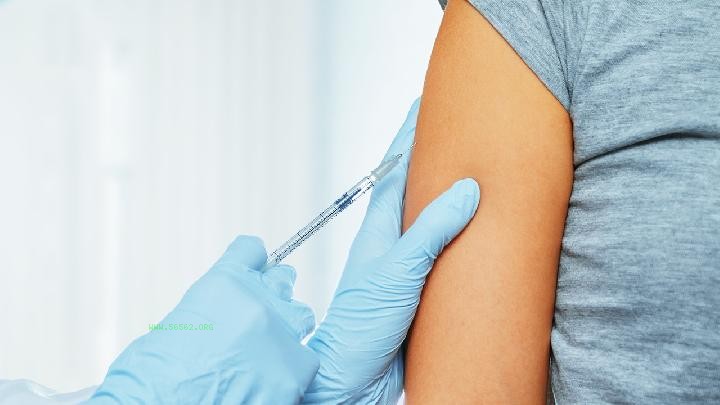
One shot of COVID-19 adenovirus vector vaccine can be effective without another shot. The recommended interval between two doses of COVID-19 inactivated vaccine is 3-8 weeks. The interval between two adjacent doses of COVID-19 recombinant protein vaccine is recommended to be 4-8 weeks, and the third dose should be completed 6 months after the first dose.
4. Difference 4: different protection rates
The protective effect of Tianjin Kangxinuo adenovirus vector vaccine on severe COVID-19 after single injection is 100%, while the overall protection rate is 74.8%; After receiving two doses of inactivated vaccine from Sinopharm Zhongsheng Beijing Company, the protection rate was 79%; The specific protection efficiency of Zhifei recombinant protein COVID-19 vaccine has not been announced yet, but the protection rate of the South African mutant is high.
5. Difference Five: Different Components
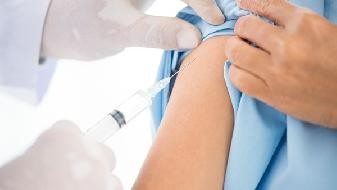
(5.1) The adenovirus vector vaccine uses human adenovirus type 5 (Ad5), which is widely used in recombinant gene therapy and vaccine vectors.
(5.2) The main active ingredient of the inactivated vaccine is the inactivated novel coronavirus, and the excipients are disodium hydrogen phosphate (12 water), sodium chloride, sodium dihydrogen phosphate (1 water), and aluminum hydroxide adjuvant.
(5.3) Recombinant protein vaccines utilize transgenic technology to produce RBD protein on viral S protein, which can achieve high yield, high purity, and low cost.
6. Difference Six: Production Process
A two shot inactivated vaccine refers to first culturing the virus or bacteria, and then inactivating them with heat or chemical agents (usually formalin). The entire production process of the three dose recombinant protein vaccine involves protein expression and purification, without live viruses. The production process is relatively safe and can be produced on a large scale.
Which one is more effective than one needle, two needles, and three needles?
The effect of one shot, two shots, and three shots is good. Choose the type that can be injected. In case of emergency, one shot of COVID-19 vaccine can complete immunization as soon as possible. Unless in an emergency, two or three doses of vaccination can be chosen for immunization. People with impaired immune function are recommended to receive two and three doses of COVID-19 vaccine. It is not recommended to receive one dose of adenovirus vector vaccine after two doses of inactivated vaccine.
In general, the difference of one, two and three doses of COVID-19 vaccine is in terms of vaccination mode, vaccine type, vaccination interval, etc. And which one works better depends on the environment you are in. If you have a lot of contact with work and imported populations, it is recommended to receive one dose of adenovirus vector vaccine. If the general population receives two or three doses of vaccine, all three are safe and effective.

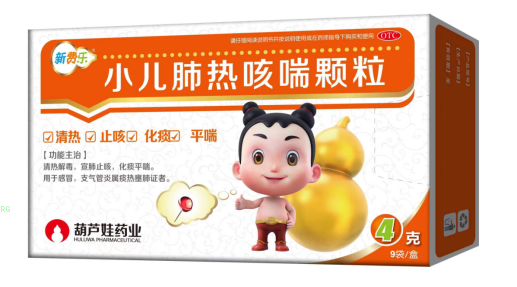
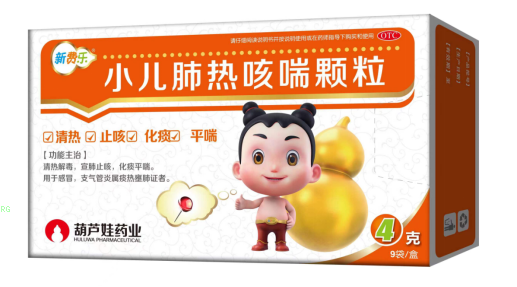
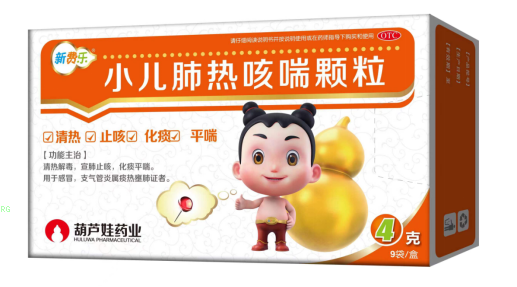


Comments (0)
Leave a Comment
No comments yet
Be the first to share your thoughts!